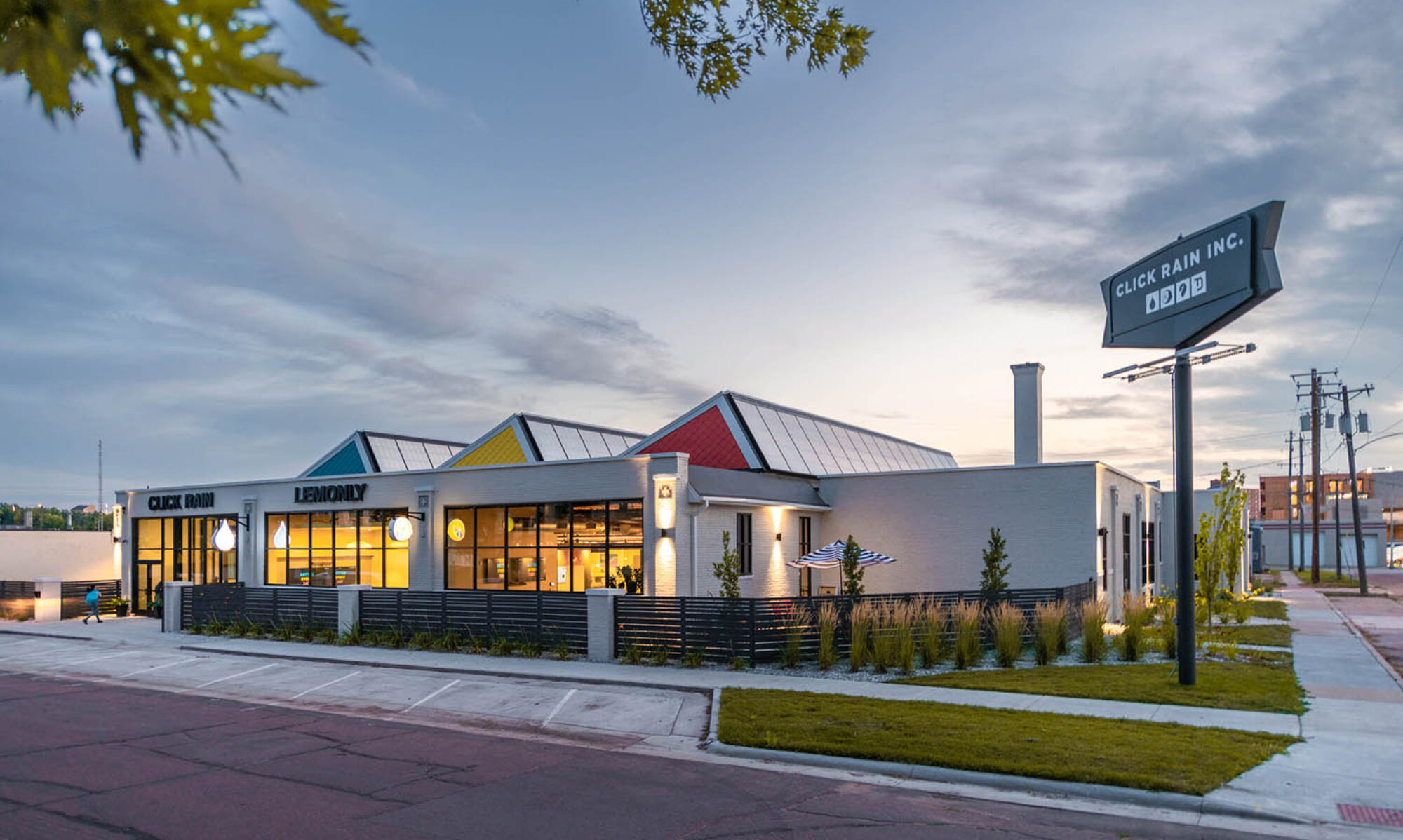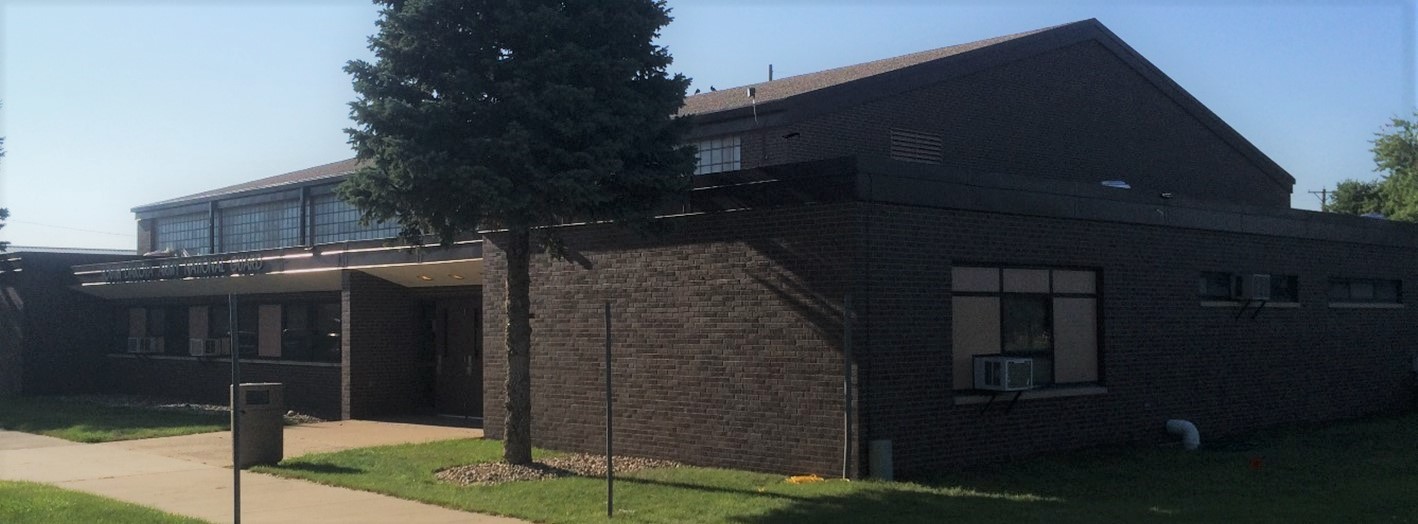(Content submitted by Stacy Watters, PE, South Dakota State Engineer)
Isn’t it amazing that you can look at a brick building and narrow down the decade in which it was constructed based on the color of brick? I often find myself thinking, “well isn’t that a 1970’s gem!” or “that was definitely an early 2000 build.” Considering bricks were first discovered in southern Turkey at the site of an ancient settlement around the city of Jericho, bricks have evolved in color, shape, face, and size. As our building materials continually improve, so does the exterior façade of our buildings.
When a single building is being constructed, the brick selection will usually come down to what is popular and available at that specific time. However, when you are renovating, remodeling, or adding an addition on to an existing building, it can be very important to match or compliment the existing façade. For example, if a building has a sunset brown brick and an addition utilized a softer beige or fog colored brick, the addition would stand out like a sore thumb. However, matching brick colors of historic buildings can be very difficult. The existing brick, depending on how old the original build is, could be faded slightly by the sun or have hues of efflorescence on the brick face. Matching new brick to old brick (which may also not be manufactured any longer) is all but impossible. Furthermore, the existing brick color or face may be less than desirable by today’s standards. Adding an addition with the same undesirable brick just doesn’t sit well with anyone!
What happens, though, on a campus setting when we plan for new construction? Do we try to match the overall façade of the existing buildings or do we just construct new buildings with the popular brick available at the time? Most campuses express a desire for some uniformity in the look and feel of their buildings. Looking at this issue through the State’s perspective, we have campuses all throughout South Dakota. The easy visual is our Higher Education campuses, our Board of Regents, but also consider the State Penitentiary and Mike Durfee State Prison, Human Services Campus in Yankton, the Developmental Center campus in Redfield, the capitol complex campus in Pierre, Camp Rapid in Rapid City, State Fair Grounds in Huron, and Custer State Park in the Hills, all within the Office of the State Engineer’s jurisdiction.
When touring these campuses, it is noticeable that some brick selections are much older than others. Some façade’s do not match the overall “look” of the campus as well as others. Some buildings are that ‘1970’s gem’ right next to the ‘early 2000’s build’. Some buildings are stately and grandiose while others are…. lacking. So, when constructing a new building, the challenge is there. As previously stated, do we match the existing façade of the campus or use what is popular.
While working for the National Guard, this question was posed. The SDARNG completed numerous maintenance and repair projects inside the Huron Armory, located on our State Fair Campus in Huron, South Dakota. At the time, the South Dakota State Fair was constructing a brand-new building next to the Huron Armory. No matter how many updates that were completed in the building, the exterior still was lacking. It looked old and dated.
When our goal is to recruit individuals to join the National Guard, having a functioning, reliable, and well-maintained facility is important. Although our facility was functional and reliable the exterior hadn’t been maintained as well, as is the case for most brick buildings. As it so happened, a COL at the time had been on a bank Board of Directors that approved a project to stain the brick of their bank. They too were hoping it would improve the exterior façade of their bank. After seeing the results from the bank, the decision was made to stain the exterior of the Huron Armory. The results were beyond our expectations. The process seemed daunting and tedious but the whole armory was completed by two individuals in approximately three weeks. The first step was to stain the whole building one shade lighter than the existing mortar. Then the contractor taped off every single mortar joint. From there, they stained each brick individually. As the owner, we selected a two-tone color scheme; although, there are numerous single to multi color selections to choose from.
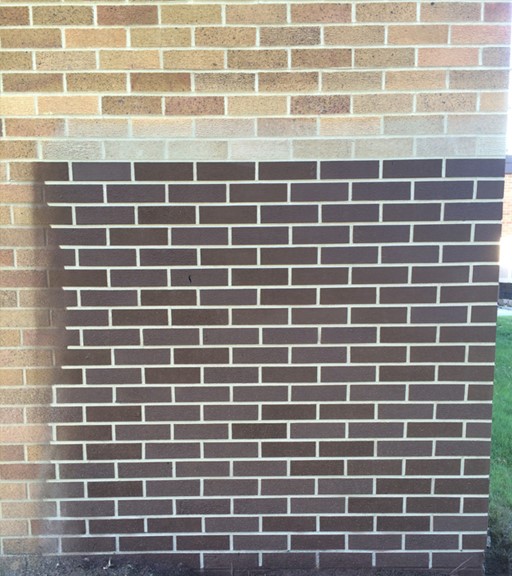
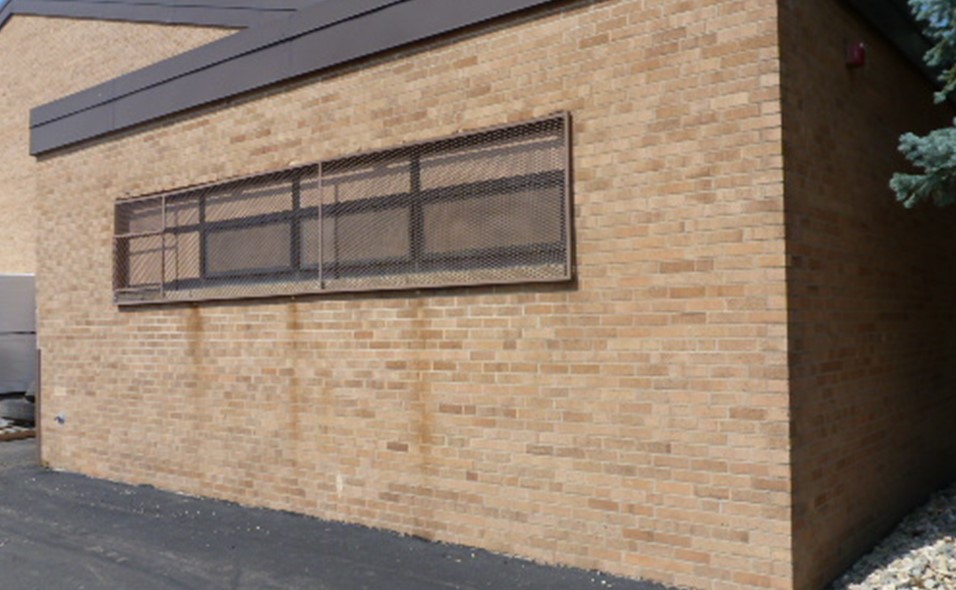
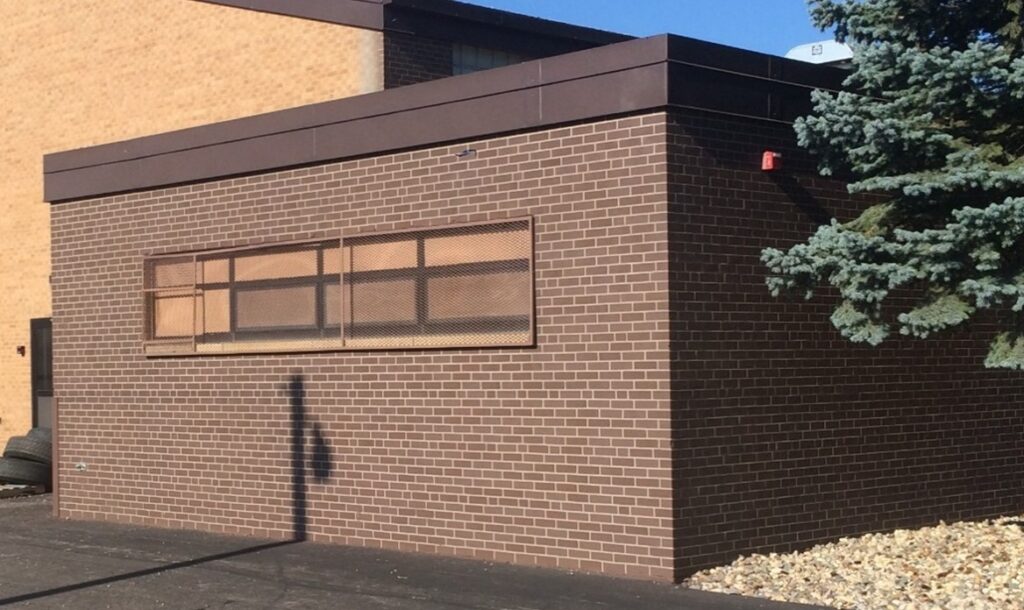
Huron Armory details:
Designed: In house
Contractor: Brick Imaging, Inc out of Colorado
Cost: $44,625
Timeline: Completed in less than three weeks.
The most common questions that come with Brick staining include:
What types of surfaces can be stain? Any porous masonry material including brick, block, mortar or stone.
Most include a 15-year limited warranty that includes: No Chipping, Peeling, Cracking and Maintenance Free
What is the difference between Painting and Staining? Paint chips after 3+ years but is less expensive. Painting traps moisture, stain allows material to breathe.
Does stain fade? No
What colors can be matched? You can virtually match any color or pattern.
The beauty of brick staining is that an owner can update the façade of almost any brick or stone building on any campus to allow the campus to appear more uniform, more connected. Or it could be simply trying to match existing brick of a building to an addition that has a newer brick color/color scheme.
This process is relatively inexpensive, its quick, with minimal impact to the owners but can make such an impact!

Stacy is the division director for the Office of the State Engineer (OSE). OSE provides design and construction project management services for all state agencies and campuses for all state-owned buildings. She has previously worked for the Federal government as a certified instructor and Civil Engineer as well as a Design Engineer for private industry. Her varied history has made her well acquainted with the challenges of both government work and private industry.

The Communication Committee is comprised of volunteers of AIA South Dakota and are dedicated to the mission of the Blueprint South Dakota blog. Our goal is to build strong South Dakota communities and to connect ideas and expertise to address challenges in our state. Through the curated content of this site, we want to find a blueprint for better cities and towns.
